Killer Kids Oh, the troubled faces of these killer kids on the cover of the current issue of True West reflect the horror and madness of war. You...
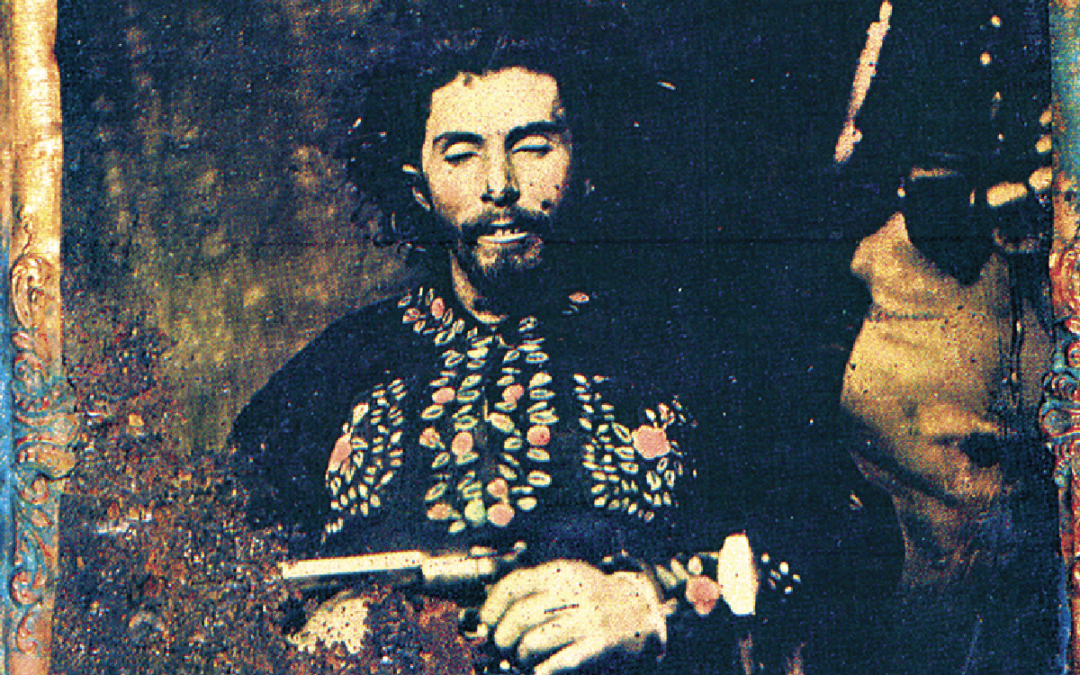

Killer Kids Oh, the troubled faces of these killer kids on the cover of the current issue of True West reflect the horror and madness of war. You...
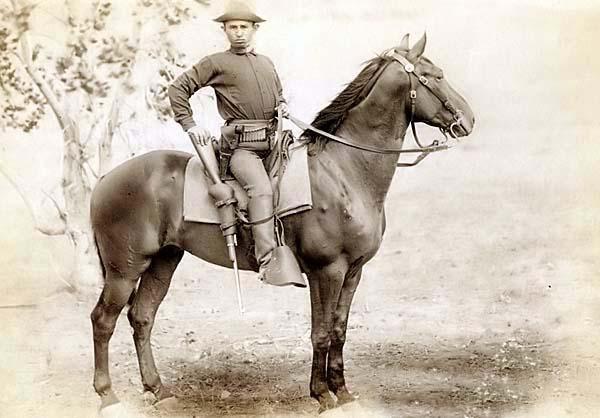
Equines suffered the consequences in battle. Sadly, horses suffered huge casualties during the 19th Century, whether it was the Civil War, the...
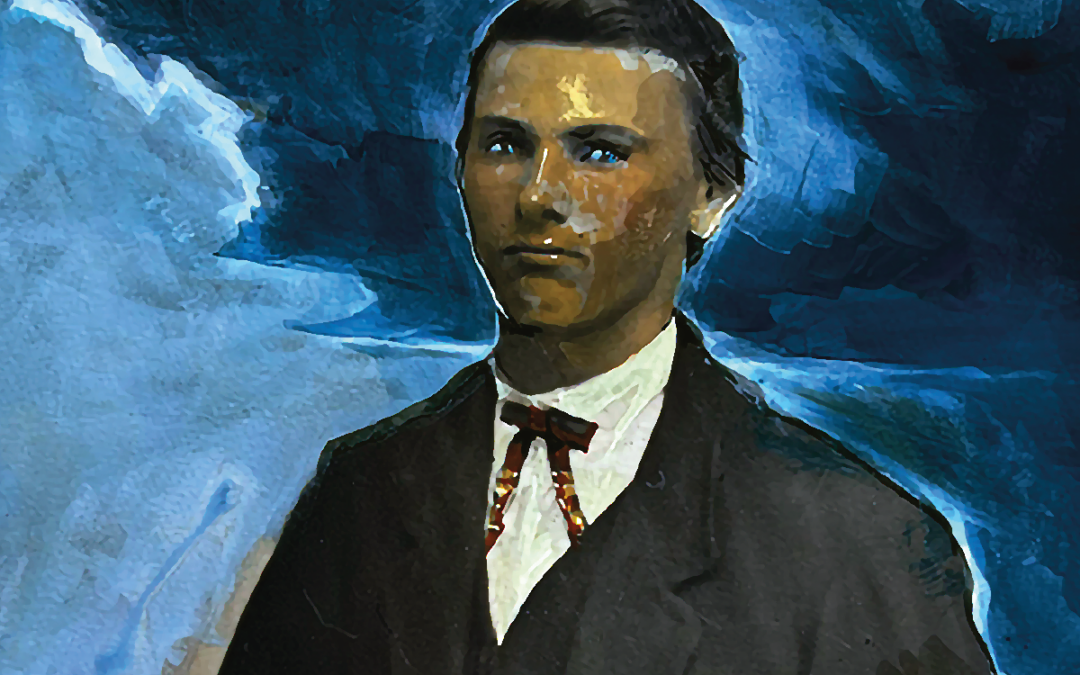
Close to a half million boys under the age of 18 were involved in both the Union and Confederate forces during the Civil War. Some historians...
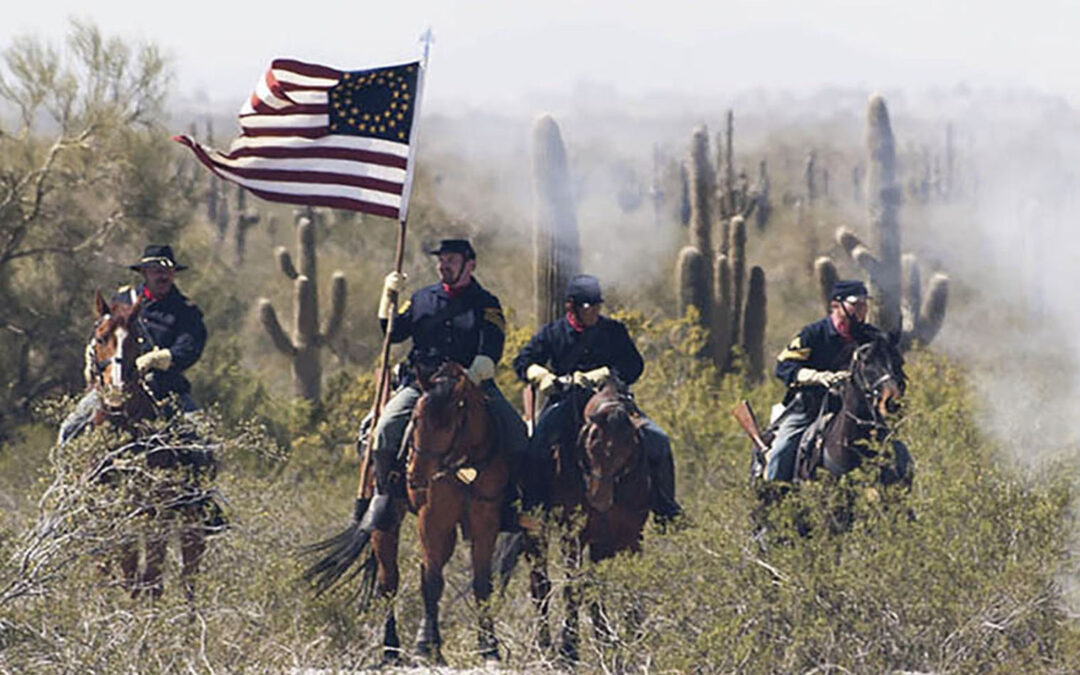
Picacho Peak has been a landmark for thousands of years. Picacho Peak--a rugged 3,374-foot-high spire—is a tilted remnant of ancient lava flows. The...
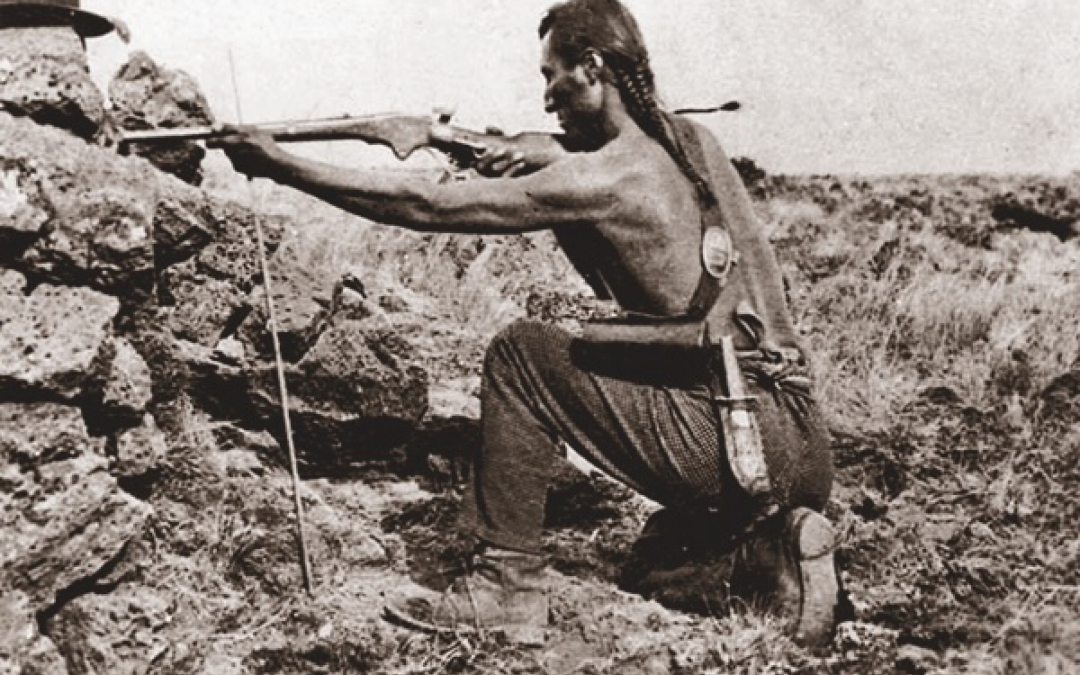
After the Civil War, savvy frontiersmen chose the Spencer repeating carbine. At the conclusion of the Civil War, the Spencer Repeating Rifle Company...
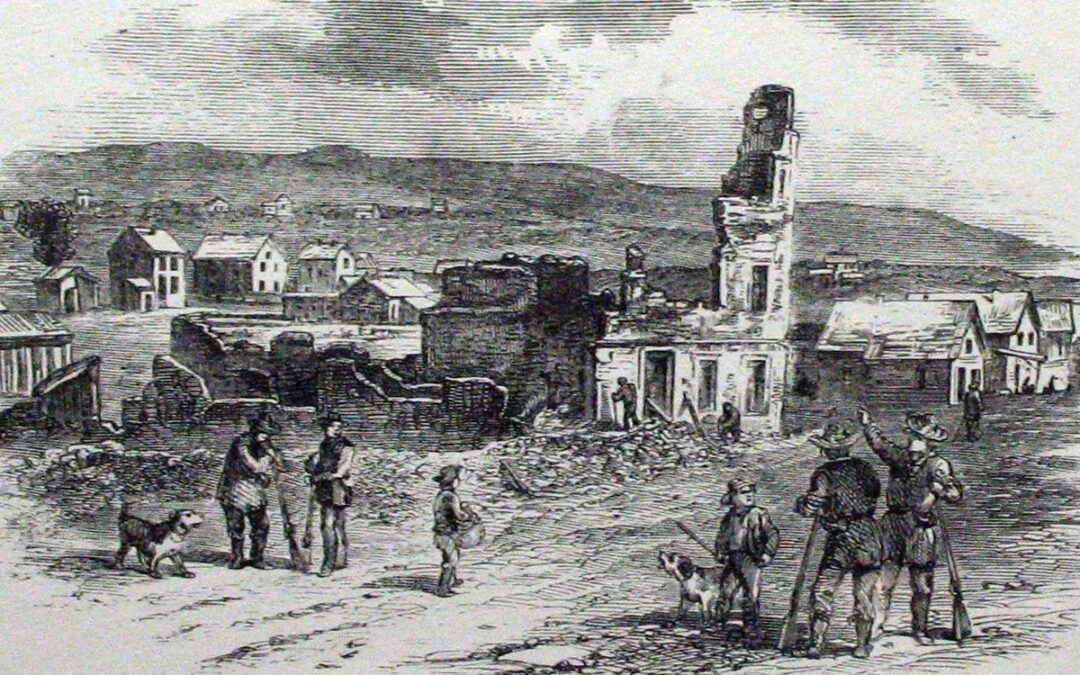
The sacking of Lawrence helped lead to the Civil War. May 21, 1856. Some 800 pro-slavery men sacked the free-state town of Lawrence, Kansas. Two...
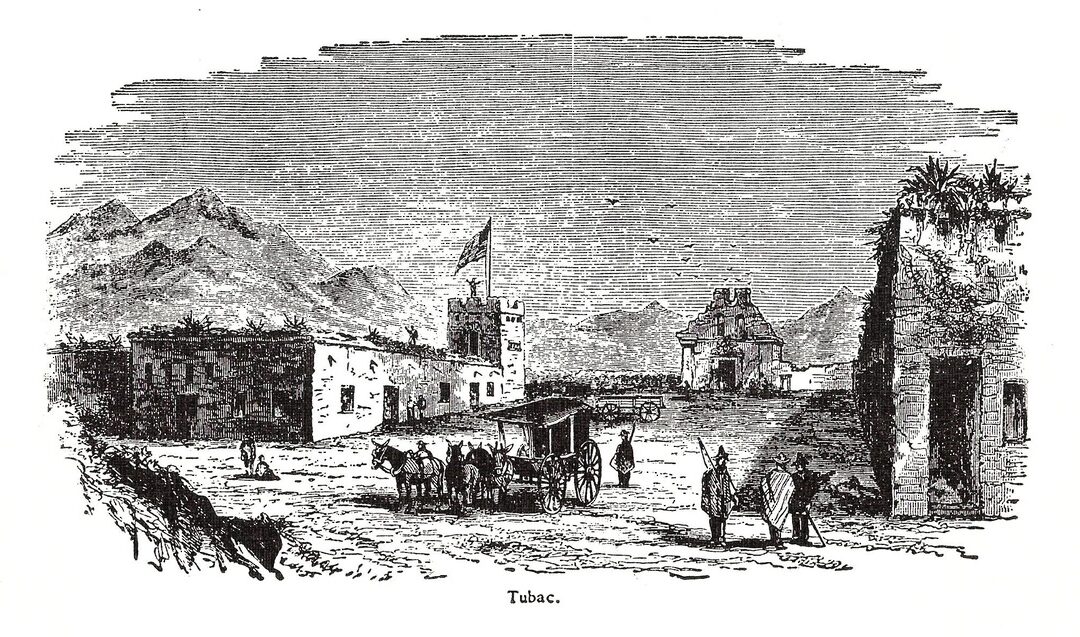
Tubac was for a spell, the Capital of Sonora. While the USA was preoccupied with the Civil War, the French empire of Napoleon III, wanting to renew...
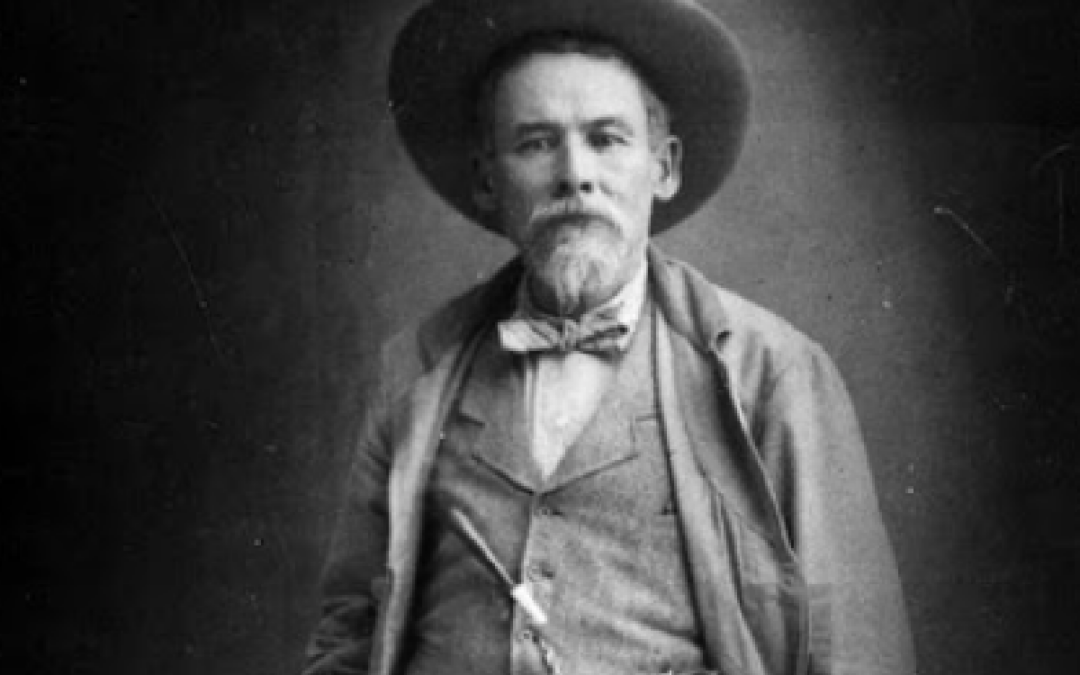
John Horton Slaughter typified the 19th century rawhide-tough breed who settled and tamed the wild Southwest border country. He was born in 1841 in...
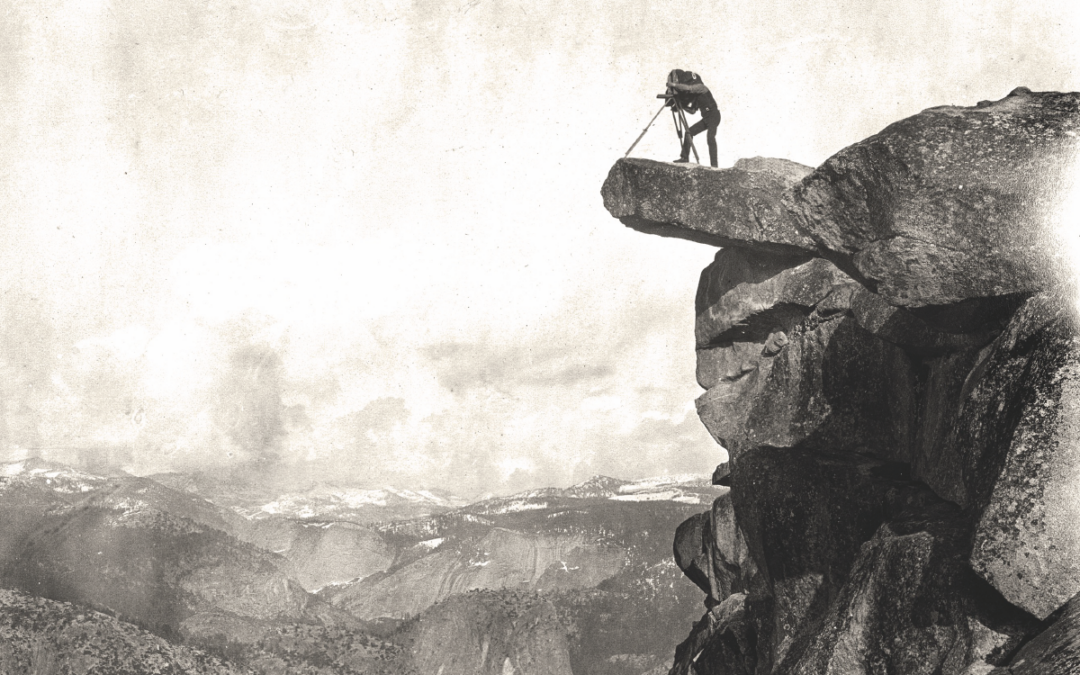
The very best historical photographs from our treasured vaults define our idea of the West. In honor of our 70th year, the editors of True West have...
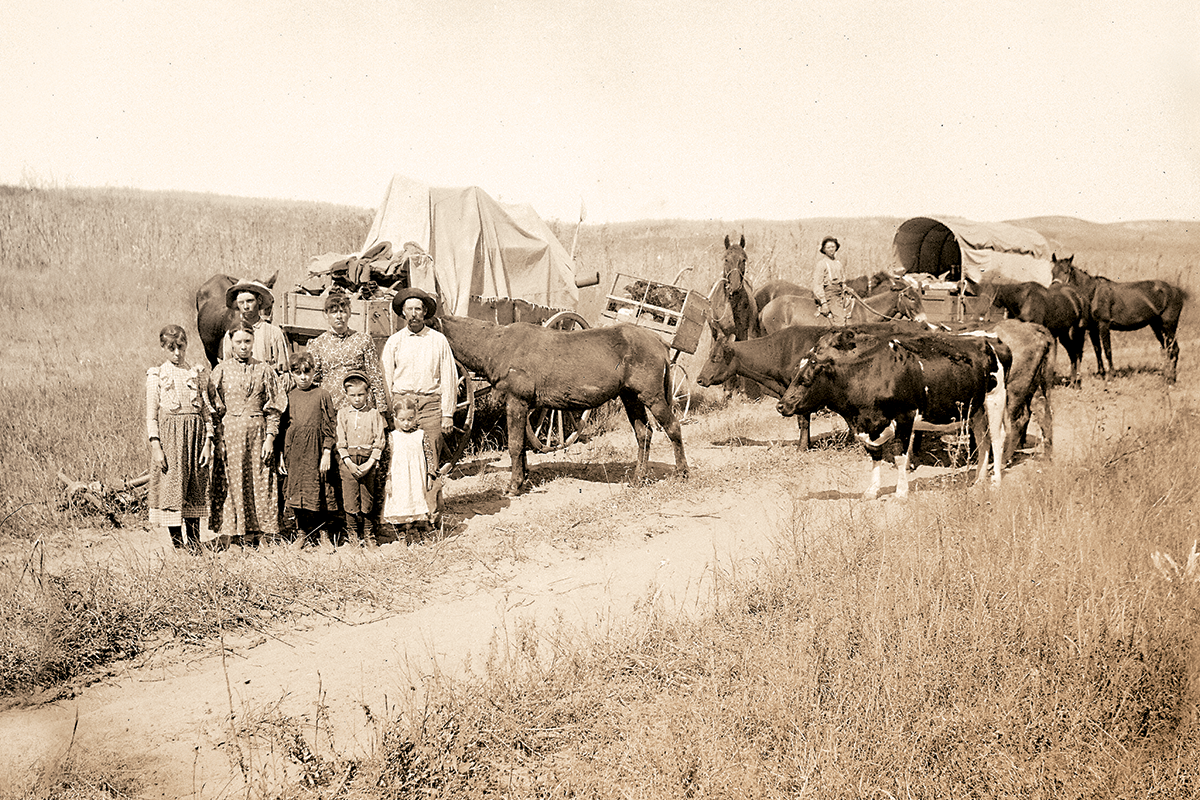
True West's historians reveal the real history behind Taylor Sheridan’s 1883. Hollywood producers, directors and writers have often attempted...

For the Cherokee, the conflict pitted brother against brother. The Civil War not only split the United States, but it also tore apart various Indian...
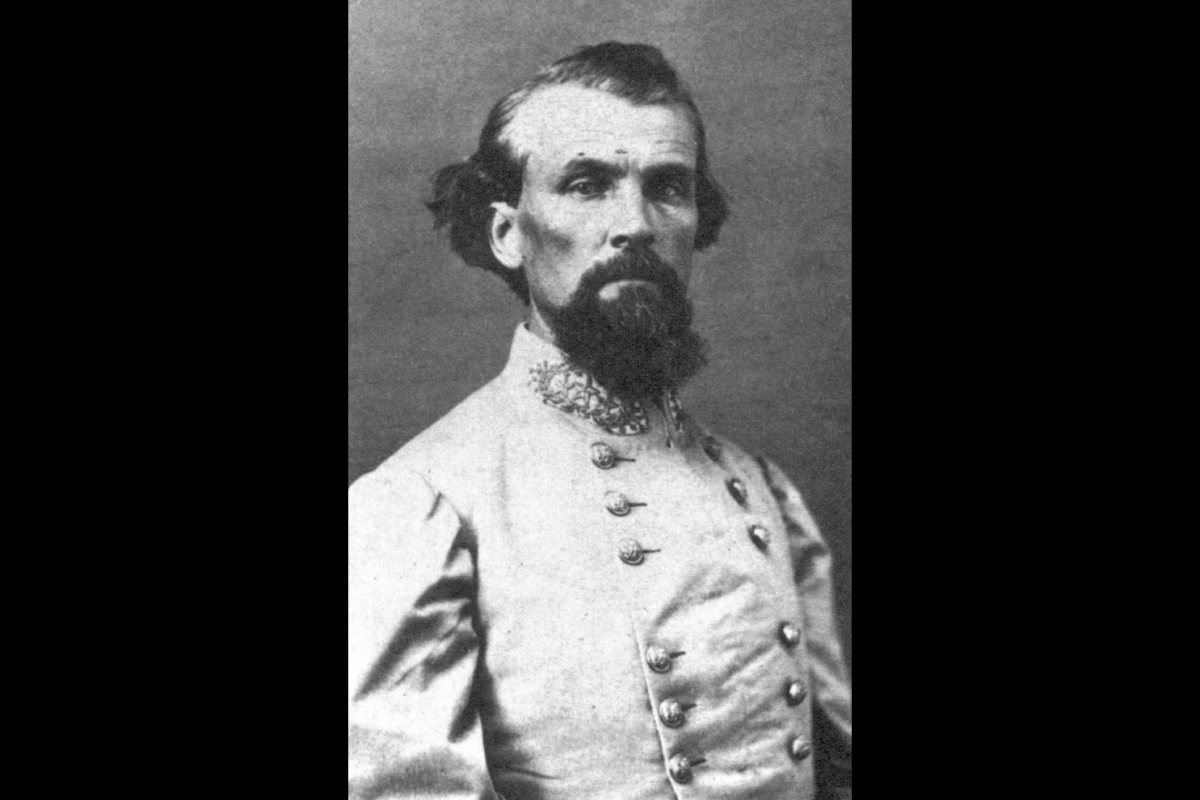
Known as the “Wizard of the Saddle” for his ingenious tactical use of cavalry forces during the Civil War, Confederate General Nathan Bedford...